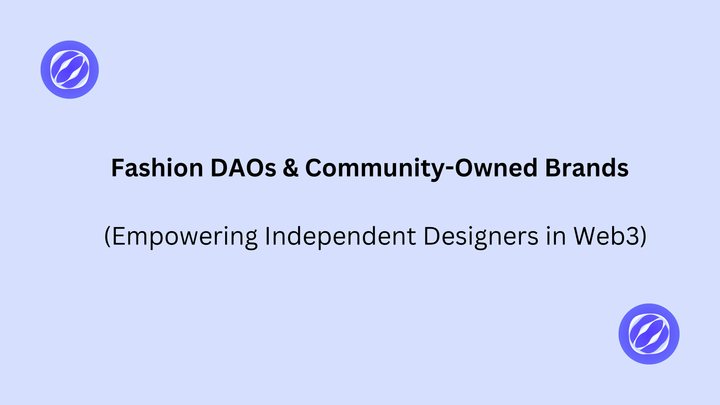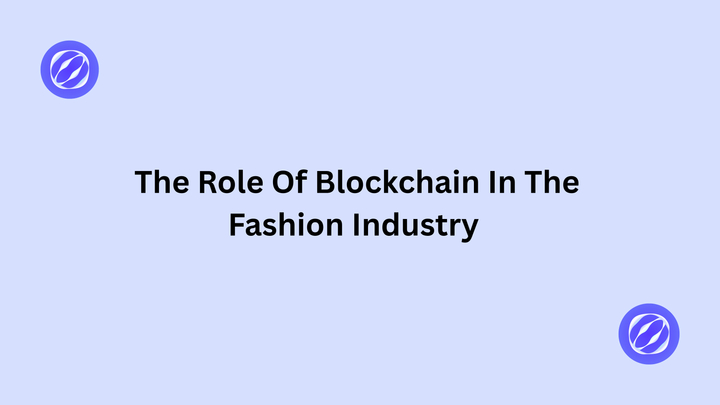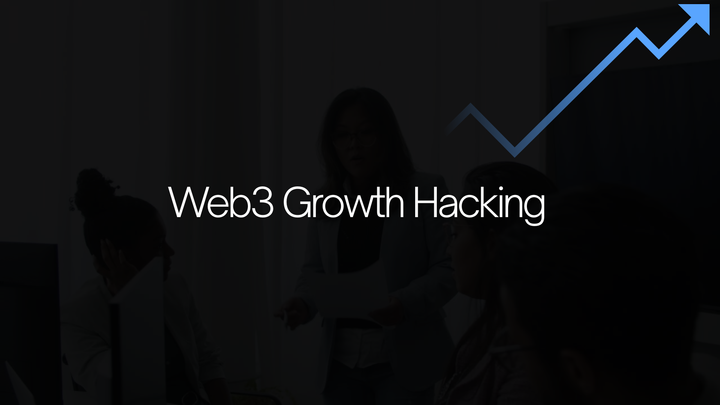Why Mitosis Is Built to Endure: Lessons Learned from DeFi's Past Failures
The decentralized finance (DeFi) space has witnessed the rise and fall of numerous projects, each with its unique promise but often hindered by fundamental flaws. Mitosis, however, stands apart, addressing the critical issues that led to the downfall of its predecessors. By learning from past mistakes and implementing innovative solutions, Mitosis is positioned to thrive where others have faltered.
Learning from Past Failures
Projects like OlympusDAO, Wonderland, and Iron Finance gained initial traction but ultimately collapsed due to unsustainable tokenomics, lack of transparency, and governance issues. OlympusDAO's "OHM" token suffered from inflationary mechanics without real backing, leading to a loss of confidence. Wonderland faced scrutiny over its treasury management and founder's past, eroding trust. Iron Finance's "Titan" token experienced a catastrophic crash due to a "bank run" scenario, highlighting vulnerabilities in liquidity and governance. These failures underscore the importance of robust infrastructure, transparent operations, and community trust in DeFi projects. Medium
Mitosis: A New Paradigm
Mitosis introduces a paradigm shift by focusing on Ecosystem-Owned Liquidity (EOL), where liquidity is pooled and managed by the community rather than individual entities. This model ensures that liquidity is not only more stable but also more equitably distributed, reducing the risk of manipulation by large players. By decentralizing control, Mitosis fosters a more resilient and inclusive DeFi ecosystem.
Tokenized Liquidity Positions
Through the creation of miAssets and maAssets, Mitosis transforms liquidity positions into tradable and composable assets. This tokenization allows liquidity providers to retain ownership and flexibility over their assets while participating in yield-generating strategies. Unlike traditional liquidity tokens, these assets are interoperable across multiple DeFi applications, enhancing capital efficiency and user engagement.Medium
Transparent Governance
Mitosis employs a transparent governance model through its platforms: Expedition, Synthesis, and Forum. These tools enable community members to propose, discuss, and vote on liquidity allocations and protocol upgrades. By gamifying participation and providing clear voting power metrics, Mitosis ensures that decisions reflect the collective will of its users, promoting accountability and trust.Mitosis University
Cross-Chain Interoperability
Addressing the challenge of fragmented liquidity across blockchains, Mitosis utilizes its native chain to unify liquidity without intermediaries. Assets deposited into Mitosis Vaults are represented as Vanilla Assets on the Mitosis Chain, allowing seamless movement across supported chains. This approach eliminates the need for manual bridging and wrapping of assets, reducing user friction and enhancing the overall user experience.Mitosis University
Modular Security Architecture
Mitosis adopts a modular security design, enabling it to future-proof its security infrastructure without vendor lock-in. By integrating delegated Proof of Stake (dPoS) and leveraging Ethereum's restaking through EigenLayer, Mitosis enhances its security posture as its Total Value Locked (TVL) grows. This scalable security model ensures that the protocol remains resilient against potential threats as it expands.MediumMedium+2Mitosis University+2Medium+2
Capital Efficiency
The tokenization of liquidity positions into miAssets and maAssets allows for greater capital efficiency. These assets can be utilized across various DeFi applications, including lending, borrowing, and trading, without being locked into a single protocol. This flexibility enables liquidity providers to maximize returns while maintaining strategic control over their capital.Medium
Community-Centric Approach
Mitosis's community-centric approach ensures that all participants have a voice in the protocol's direction. By decentralizing decision-making and emphasizing transparency, Mitosis builds a strong foundation of trust and collaboration. This inclusive model fosters a sense of ownership and responsibility among users, contributing to the protocol's long-term success.
Sustainable Yield Distribution
Unlike projects that rely on unsustainable yield farming incentives, Mitosis focuses on creating a stable and predictable yield environment. By pooling liquidity and distributing yields based on governance decisions, Mitosis ensures that rewards are aligned with the community's interests. This approach mitigates the risk of yield farming exploits and promotes a more sustainable DeFi ecosystem.
Experienced Team
The team behind Mitosis brings a wealth of experience from their involvement in successful DeFi projects. Having contributed to the development of Keplr, the leading wallet for Cosmos, and Hyperlane, a prominent Arbitrary Message Bridge solution, the founders have demonstrated technical expertise and a deep understanding of the DeFi landscape.Their track record instills confidence in Mitosis's ability to execute its vision effectively.Medium
Strategic Partnerships
Mitosis has established strategic partnerships with key players in the blockchain and DeFi ecosystems. Collaborations with projects like Hyperlane and Cosmos enhance Mitosis's interoperability and scalability, enabling it to tap into a broader user base and liquidity pool. These partnerships strengthen Mitosis's position in the competitive DeFi space.
Educational Initiatives
Recognizing the importance of user education, Mitosis has invested in comprehensive educational resources. Through platforms like Mitosis University, users can learn about the protocol's features, governance mechanisms, and best practices for participation. This commitment to education empowers users to make informed decisions and actively contribute to the protocol's success.
Resilience to Market Volatility
Mitosis's design incorporates mechanisms that enhance its resilience to market volatility. By decentralizing liquidity and governance, the protocol reduces the impact of sudden market shifts on its operations. Additionally, the tokenization of liquidity positions allows for more agile responses to market changes, ensuring that Mitosis remains adaptable in a dynamic DeFi landscape.
In conclusion, Mitosis addresses the fundamental issues that led to the downfall of previous DeFi projects. Through its innovative approach to liquidity, governance, security, and community engagement, Mitosis is poised to succeed where



Comments ()